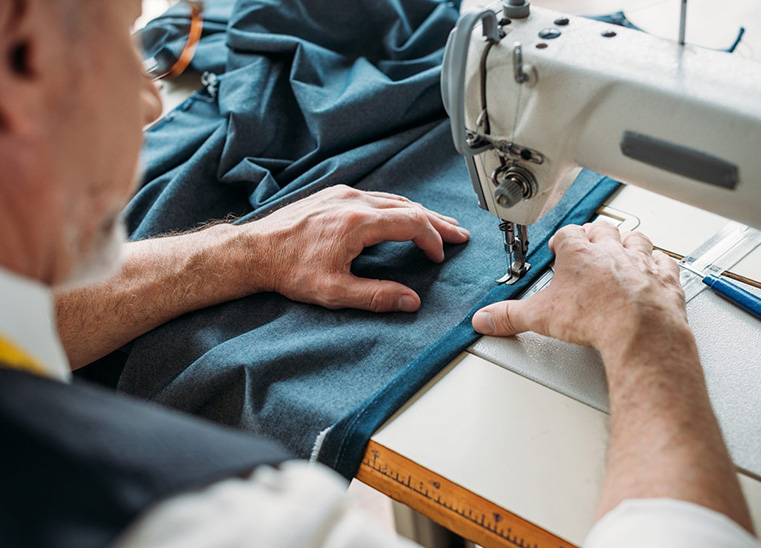0086-18057388688
Flax blended plain knitted fabric: Fashion innovation of nature and technology
Today, in pursuit of sustainable fashion and comfortable life, the textile industry continues to explore the integration of natural fibers and innovative processes. With its unique texture, environmentally friendly properties and versatility, flax blended plain knitted fabric has gradually become the focus of clothing design, household goods and even high-end textile fields. This fabric not only continues the natural advantages of flax, but also gives it the soul of modern technology through blending technology, becoming a model of the collision of tradition and innovation.
1. Characteristics of flax blended plain knitted fabric
1. Balance between natural fibers and technology
Flax cellulose is known as the "natural air conditioner", and its moisture absorption, breathability, antibacterial and degradability are highly respected. The characteristics of pure flax fabric that it is easy to wrinkle and has a hard feel limit its application scenarios. Through blending technology (such as combining with cotton, polyester or modal fibers), the fabric retains the advantages of flax while improving softness, elasticity and wrinkle resistance. The plain knitting process gives the fabric a delicate and smooth texture, enhances the drape and skin-friendliness, making it more suitable for underwear and daily wear.
2. Environmental protection and sustainability
Flax requires low water and pesticides for cultivation, and the blending process further reduces carbon emissions by reducing the use of pure synthetic fibers. The efficient weaving process of plain knitting reduces the waste of raw materials and conforms to the concept of circular economy. This fabric demonstrates green value throughout its entire life cycle from production to disposal, making it the preferred material for brands to fulfill their environmental protection commitments.
2. Application scenarios and market potential
1. Diversified breakthroughs in the clothing field
Flax blended plain knitted fabrics are widely used in summer clothing, sportswear and underwear design due to their light and breathable characteristics. T-shirts made by blending with modal have both the dryness of linen and the silkiness of modal; when combined with elastic fibers, they can create yoga clothes or base shirts that fit the body. Its natural matte texture also provides a high-end support for minimalist and forest styles.
2. Extension of home and industrial uses
In the field of home textiles, this fabric is used to make bedding, curtains and sofa covers, which is both environmentally friendly and easy to care for; in the medical industry, its antibacterial properties are suitable for the production of disposable protective clothing or postoperative care products. As consumers pay more attention to healthy lifestyles, the cross-border application potential of linen blended fabrics continues to be released.
3. Future trends and innovation directions
1. Functional upgrade
Through nanotechnology or post-finishing processes, the fabrics can be given UV protection, temperature control or intelligent sensing functions, which can further expand their applications in outdoor equipment or smart wearables. Linen blended fabrics with added graphene are expected to achieve thermal energy storage and release.
2. Design aesthetic iteration
Designers can break the simplicity of plain weave through yarn color matching and texture changes (such as jacquard or hollow knitting) to create a more artistic surface effect. Combined with plant dyeing technology, it can present low-saturation high-grade natural tones, which fits the current "slow fashion" trend.
Linen blended plain knitted fabrics are not only an advancement in textile technology, but also a microcosm of the harmonious coexistence of man and nature. It uses technology to make up for the limitations of natural fibers and reshapes consumer choices with sustainable concepts. Driven by both process innovation and market demand, this fabric may become a key bridge connecting traditional handicrafts and intelligent manufacturing, injecting more green momentum into the global textile industry.
































